What happened to Scranton, Colorado?
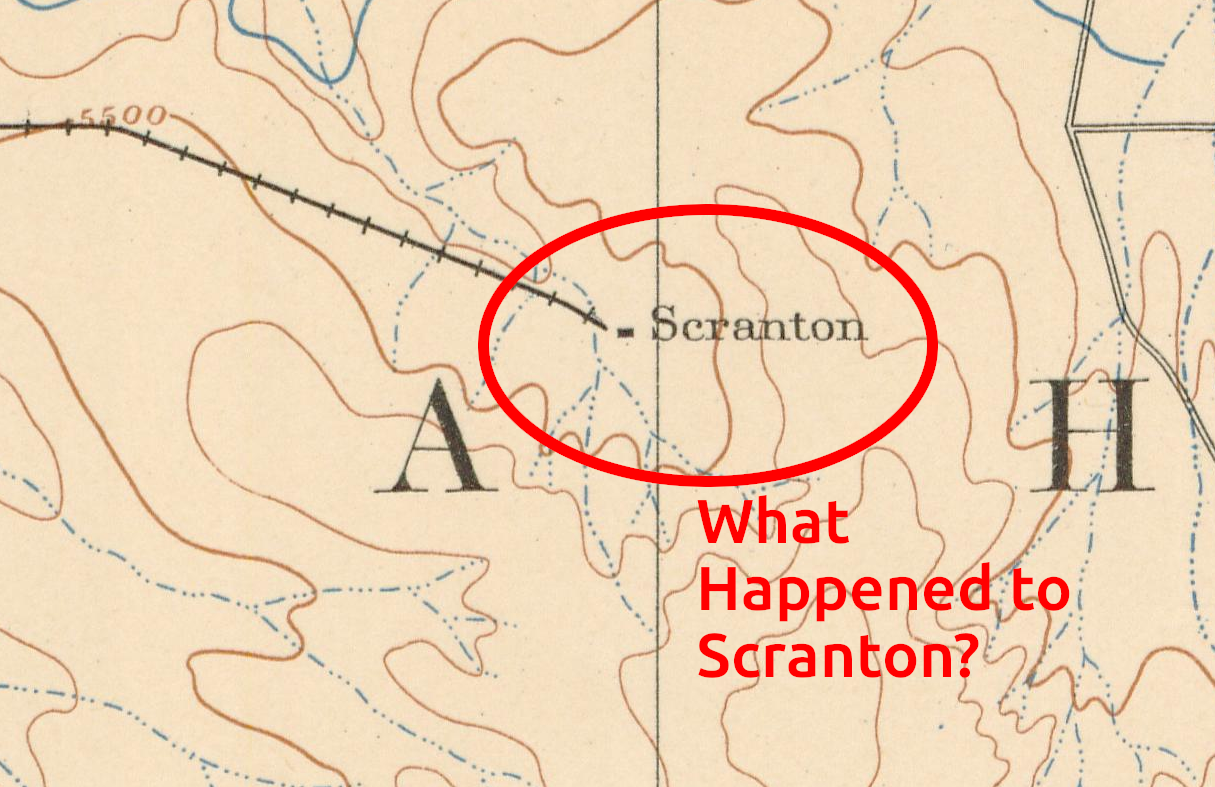
A mysterious town vanishes off all maps. When a town ceases to exist, how do we find out what happened?
One day, I came a cross an incredible resource, Historical Topo Map Explorer that I found on Beautiful Public Data . It allowed me to navigate thousands of historical maps overlayed on openmaps which is just so damn cool. I pulled up some old maps of Denver, with the oldest one being published in 1890, when the state was just 2 decades old. This map is beautiful, it contained street layouts from the Denver and Aurora area, rail lines that are still in use to this day, and the gorgeous aesthetic of an old map crafted by the hand of a skilled cartographer.
While examining the rail lines coming into Denver, I followed one line that didn’t appear to exist any longer. It’s remains were paved over to make 56th Avenue in eastern Denver. The line terminated in a town I had never heard of before. It was a little dot on the map called Scranton. I am pretty familiar with eastern Colorado, and had no recollection of such a town. I looked on google maps, and there was absolutely nothing. No roads, no placemarkers, no marks of any foundations, nothing but tilled soil.
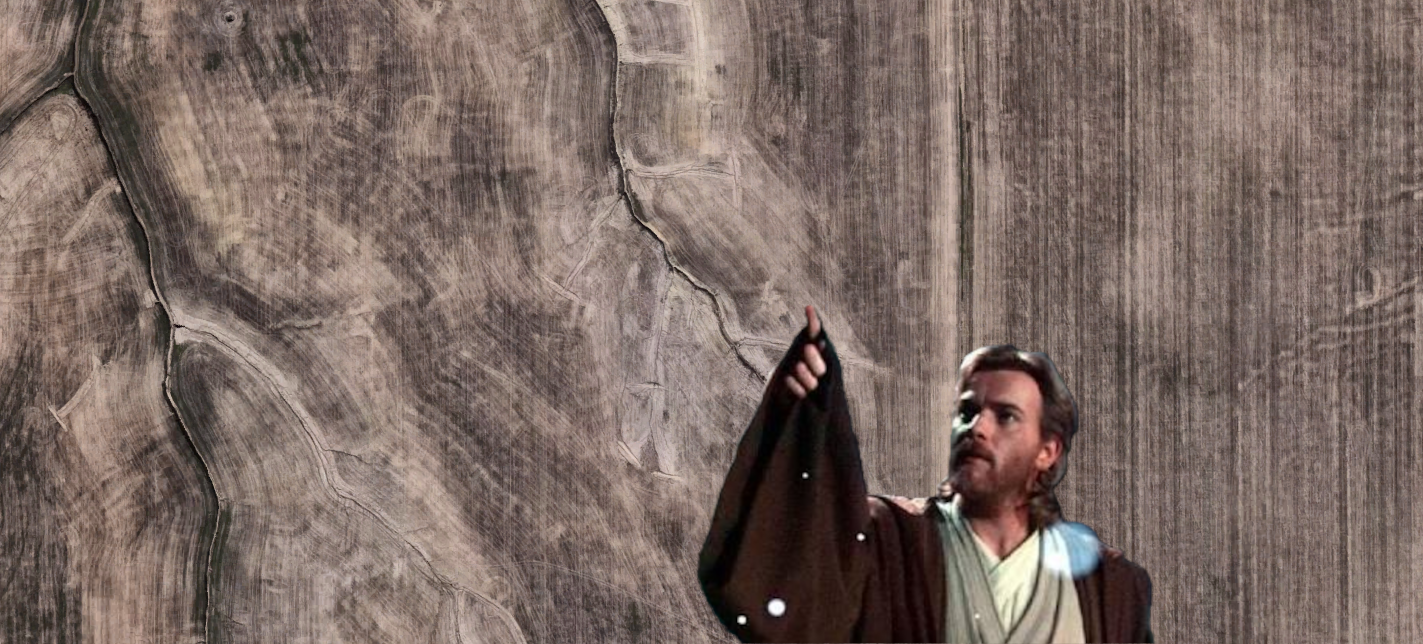
What the hell happened?
At this point, I became hyperfixated. How does a town that has it’s own train service (in an area that had relatively few dedicated lines) Dry up and completely vanish in the span of a decade? It was time to SURF THE INTERNET
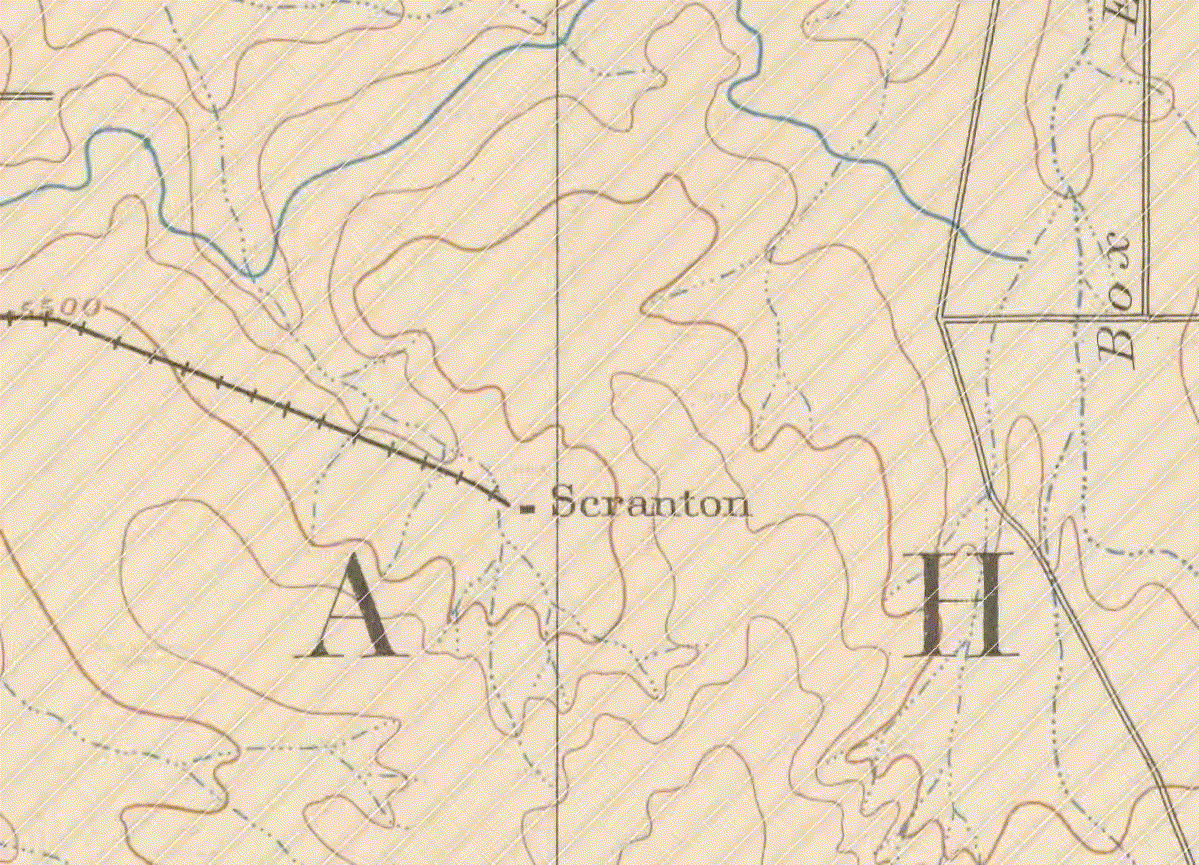
The blog led me to the Library of Congress’ website, where I was able to view the source and see further proof that a town named Scranton did in fact exist at one point. But why was it settled? What was it importing? or exporting? What was the point of building a 17 mile long railroad? Searches for “Scranton” kept coming up short. It’s quite common as the name of a town, and I think is the name of the town from “The Office”, so my results were difficult to sift through. I went back to the map to look for other clues when the answer hit me.
Towns come and go. Rail is forever. Looking for the town was getting me nowhere, but if I could search for the name of the rail line, I might be able to find more maps, some business docs, etc. Sure enough, the Denver Public Library has references to the “Denver & Scranton”. Even though it was one sentence on a notecard, it gave me all the context I needed to piece the town’s history together.
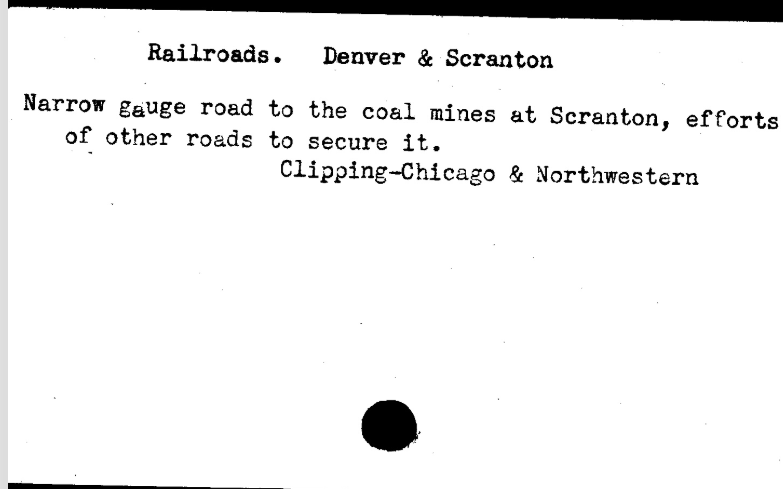
Coal Town to Ghost Town
Scranton was a mining town! I had my answer! Case closed, they found a coal deposit, settled the area, and built a train to truck their spoils out. It was settled. There was just one teeny issue. There was absolutely no evidence of any mining activity. The effects of mining are quite damaging to the surrounding environment, and to see absolutely no trace of a mine anywhere struck me as a little unusual.
We know from Post office Records that Scranton’s post office opened in 1887, It is displayed on our map from 1890, then is not seen on any maps post 1930. DPS also had a record of the railroad being sold in 1894 after it foreclosed and being renamed to “Colorado and Eastern” - Denver Public Library Digital Collections . I went over to the Internet Archive and searched newspapers between 1890 and 1930 for the “Colorado and Eastern” Railroad. I was hoping to find a local newspaper story about the foreclosure to find out the fate of the town and the rail line, but found a clipping that I was not expecting.
A headline in the July 13th, 1909 issue of the New York Times read “Most Remarkable Railroad in America”. I nearly skipped it. Why would the New York Times write an article about a dinky-ass 17 mile rail line in the middle of nowhere. As it turns out, it is an incredibly fascinating story.
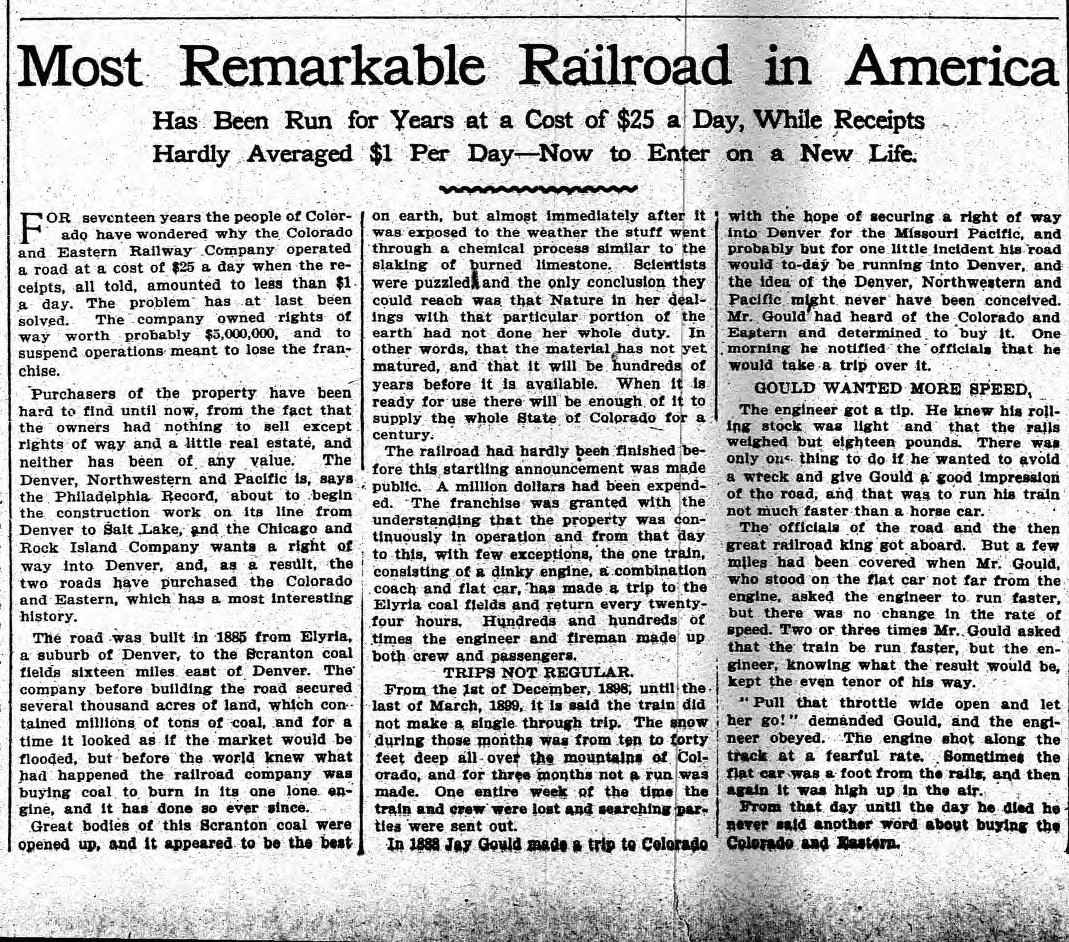
The line was dead on arrival. It had opened in 1885, the town incorporated in ‘88 and then they discovered that the coal deposit was completely worthless. For 20 years, this rail was operated solely to maintain the right-of-way rights which were valued at $5 million. The town and rail line’s existence was artificially extended to inflate the value of the company that owned them!
There is more to this story that I am hopeful to get more information on, like who lived there, why did the geological survey get it so wrong? when did the line officially stop operating? I enjoyed learning more about a lost story in my state, even if it didn’t ‘mean’ anything. Preserving our history is a vital part of humanity, and it would not be possible without the tools I used to compile the story of Scranton.
The priceless value of free information
I used Wikipedia, The Internet Archive, The Library of Congress, and my local library to gather the information I used to write this, and the story of this odd railroad would be lost to time without these resources. For reasons that are too insane to try and rationalize, all of these resources are under threat. Please consider donating to the Wikimedia Foundation, the Internet Archive, Electronic Frontiers Foundation, and/or your local library. I cannot stress enough how important keeping information free and accessible is.
